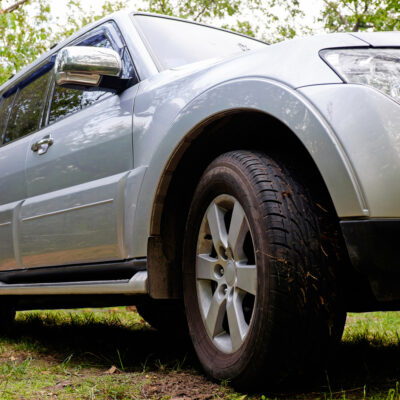
Treatment Options for Spinal Muscle Atrophy (SMA)
Spinal Muscle Atrophy (SMA) is a condition that is prevalent in babies and children. When suffering from this condition, people are unable to utilize their muscles. It is caused by a breakdown of the neurological cells within the spinal cord and the brain. This, in turn, ceases the transmission of messages which control muscle movement.
Symptoms include shrinking and weakening of the muscles, resulting in issues with head movement, sitting, and walking, along with issues with breathing and swallowing.
The severity of the disorder depends on the types of Spinal Muscle Atrophy (SMA). This condition has no cure but can be managed with treatment that can minimize the symptoms which helps to improve the quality of life and also helps patients live a longer life. Spinal Muscle Atrophy (SMA) does not have an impact on brain development in any way. The child can recognize people, remember things, and make friends.
1. Spinal Muscle Atrophy (SMA) types include:
- Type 1
This is a serious SMA type where the child is unable to sit or raise their head without help. Floppy legs and arms and issues with swallowing are also the other symptoms. However, muscle weakness is the primary concern. - Type 2
This affects children who are 6-18 months old. Signs can be moderate to serious and can appear more on the legs as compared to the arms. Patients will be able to walk, stand, and sit with help. It is also referred to as chronic infantile SMA. - Type 3
This type impacts children between ages 2 and 17. This is a more mild form where children are capable of walking or standing without assistance. They will, however, have issues with climbing stairs, running, or making any extreme movements. It is also referred to as Kugelberg-Welander disease/juvenile SMA. - Type 4
This impacts people during their adulthood. Twitching, weak muscles, or breathing issues are some signs. It mostly affects the legs and arms.
2. Treatment for the various Spinal Muscle Atrophy (SMA) types are:
- Medicine and gene therapy
Nusinersen is an FDA-approved medication that treats SMA. It slows down the progress of the condition. It is injected into the fluid that surrounds the spine. Sometimes, multiple shots may be needed and it works on gene therapy. The SMN2 gene is modulated or adjusted; this is done so that the gene makes a better quality protein. - Gene transfer
Another kind of gene therapy is correcting or replacing the SMN1 gene. This is also called gene transfer.
3. Managing symptoms
- Breathing
With Spinal Muscle Atrophy (SMA) types 1 and 2, the air movement within the lungs is not easy due to weak muscles. When this happens, a breathing mask may be required. In serious cases, machine assistance may be required 24×7. - Swallowing and nutrition
For children with SMA, swallowing and sucking can be harder. This can impact their nutrition. A feeding tube may be needed. - Movement
Physical and occupational therapy can make stronger muscles. Sometimes, a leg brace, an electric wheelchair, or a walker may be needed. - Back issues
Sometimes, a curve may arise in the spine. A back brace may be suggested until the expected growth age. After that, surgery may be suggested.
One needs to understand that people suffering from this condition may need help with basic things at all times.


